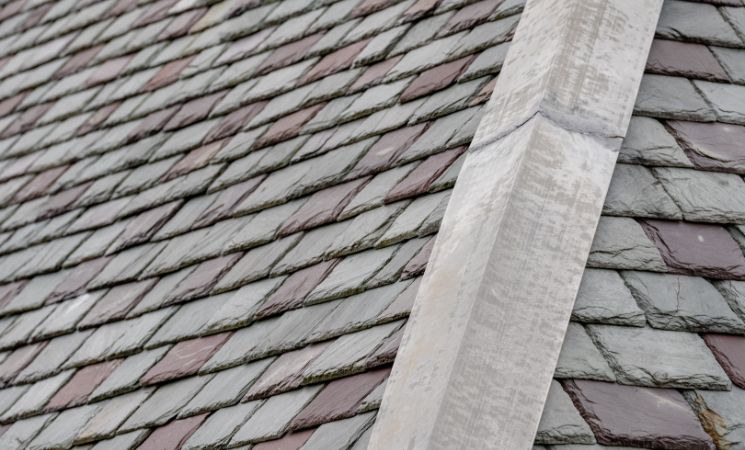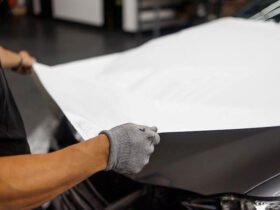Have you ever wondered why some roofs last for decades while others need frequent repairs? A roof is one of the most important parts of your home. It protects your family from the elements, contributes to energy efficiency, and enhances your property’s curb appeal. However, not all roofs are created equal, and several factors can influence how long they last.
In this blog, we will share key factors that affect the durability of your roof. By understanding these factors, you can make informed decisions to keep your roof in top shape for years to come.
Quality of Roofing Materials
The type of material you choose plays a major role in your roof’s longevity. High-quality materials, like slate or metal, tend to last much longer than cheaper options, such as asphalt shingles. For example, a metal roof can last up to 50 years or more, while basic asphalt shingles may only last 20 years. Choosing durable materials may cost more upfront but can save you money in the long run by reducing maintenance and replacement costs.
Another aspect to consider is how well the materials are suited to your climate. In areas with heavy rainfall, roofs made from water-resistant materials like metal or tiles are better options. For homes in sunny regions, lighter-colored materials that reflect heat can help extend the roof’s life. Always consider your local climate when selecting materials.
Roof Design and Construction
The design and construction of your roof significantly affect its durability. For instance, roofs with steep slopes allow rainwater and snow to slide off easily, reducing the chance of water damage. On the other hand, flat roofs are more prone to water pooling, which can lead to leaks over time.
Moreover, the anatomy of a roof matters. This includes components such as shingles, underlayment, flashing, and gutters. Each part plays an essential role in protecting your home. If one part fails, the entire roof can be at risk. For example, improperly installed flashing can let water seep into your home, causing long-term damage. Ensuring that every part of the roof is properly installed and maintained can make a big difference in its lifespan.
Climate and Weather Conditions
Weather is one of the biggest factors that impact roof durability. Homes in areas with extreme weather, such as heavy snow, hail, or hurricanes, often experience more wear and tear. Strong winds can lift shingles, while hail can cause dents or cracks.
UV rays from the sun can also weaken roofing materials over time. Constant exposure to sunlight can cause shingles to dry out, crack, or curl. Regular inspections and timely repairs are essential, especially if your home is in a region with harsh weather.
Roof Maintenance
A roof’s durability also depends on how well you maintain it. Neglecting regular maintenance can lead to problems that shorten its lifespan. For example, clogged gutters can cause water to back up onto your roof, leading to leaks or rot.
Regular inspections are crucial. By checking your roof at least twice a year, you can catch small issues before they become costly repairs. Look for signs like loose or missing shingles, cracked flashing, or debris buildup. Simple tasks like cleaning gutters and removing leaves can go a long way in protecting your roof.
Installation Quality
Even the greatest roofing materials will deteriorate if they are not installed the right way. Poor installation is a common cause of roof problems. Issues such as uneven shingles, poorly secured flashing, or inadequate ventilation can all lead to early failure.
Choosing a reputable roofing contractor is vital. Experienced professionals know how to install roofs correctly and follow industry standards. Before hiring someone, check reviews, ask for references, and make sure they have the proper licenses and insurance. A well-installed roof can save you from many headaches down the road.
Ventilation and Insulation
Proper ventilation and insulation are key to extending the life of your roof. Good ventilation allows hot air to escape from the attic, which helps prevent heat buildup. Excess heat can cause shingles to deteriorate faster, especially in hot climates.
Insulation is equally important. It helps regulate the temperature inside your home, preventing ice dams during the winter. Ice dams are usually formed when snow on the roof melts and refreezes close to the edges, making water back up under the shingles. Both ventilation and insulation work together to maintain a stable environment for your roof.
Trees and Nearby Structures
The environment around your home can also affect your roof’s durability. Overhanging tree branches can scrape against the roof, damaging shingles over time. Falling branches during storms can cause even more severe damage.
Additionally, trees provide shade, which can help protect your roof from UV rays. However, they also drop leaves and debris that can clog gutters. Nearby structures, like chimneys or satellite dishes, can create weak spots if not properly installed or maintained. Keeping your roof’s surroundings in check is important for its overall health.
Frequency of Repairs
How often you need to repair your roof can indicate its durability. Frequent repairs might mean the materials are not holding up well or that there are underlying issues with the installation. In some cases, it might be more cost-effective to replace the roof instead of constantly patching it.
However, occasional repairs are normal, especially after severe weather. Addressing problems promptly can prevent further damage and extend the life of your roof. Always work with a professional to assess whether a repair or replacement is the best option.
In conclusion, your roof’s durability depends on many factors, from the quality of materials to how well it’s maintained. Paying attention to these aspects can save you money and protect your home for years to come. A durable roof not only offers peace of mind but also adds value to your property. By choosing the right materials, ensuring proper installation, and keeping up with regular maintenance, you can maximize the life of your roof. Take the time to evaluate your roof’s current condition and address any concerns. Small steps today can lead to big savings and long-term protection in the future.













